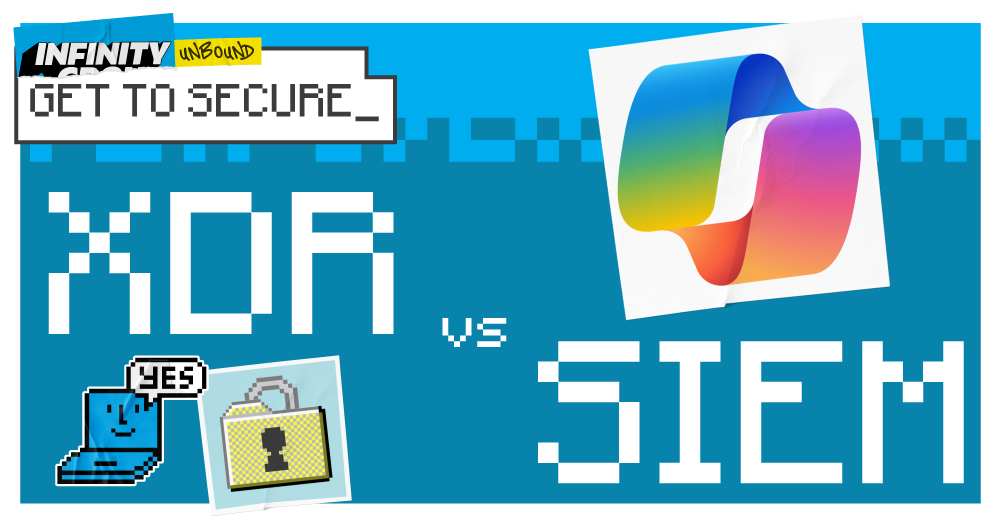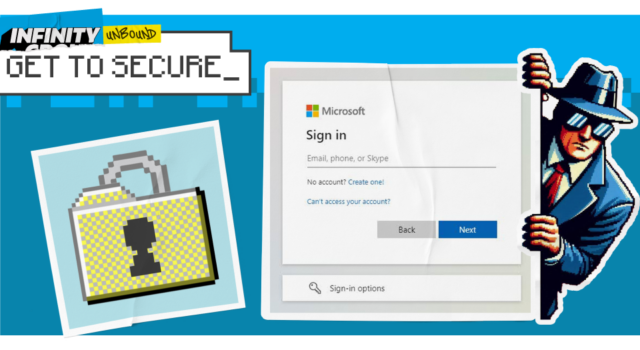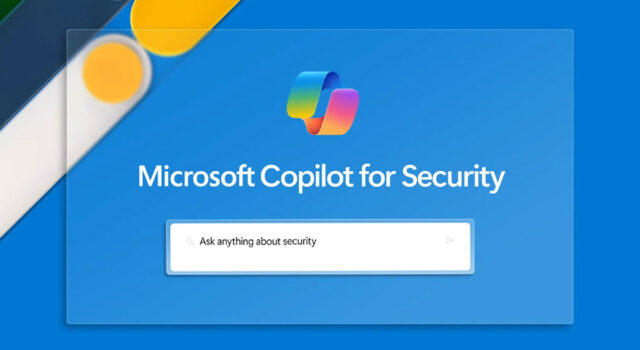Following the pandemic in 2020, businesses had to adapt rapidly. Today, most organisations have evolved to remote or hybrid work models, allowing staff to work efficiently without being in one location.
However, there are security implications to this change. Organisations now have a larger attack surface, with their infrastructure expanding across multiple environments and end points. IT teams need to make sure employees have the access they need wherever they’re working, without putting the network at risk.
Typically, organisations implement several tools to manage every element of their infrastructure. However, this has led to a patchwork approach, with security tools working in silo and leaving gaps that can be exploited. With AI fuelling cyber criminal activity, and huge consequences facing businesses who experience breaches, this will no longer suffice.
For total protection, organisations need a comprehensive solution. Two of the leading options are extended detection and response (XDR) and security information/event management (SIEM).
We explore the benefits of XDR vs SIEM, and which is best for your business in the modern era.
What is XDR?
Extended detection and response (XDR) is a unified security platform that uses AI and automation to analyse and protect against incidents. Key capabilities of XDR include:
- Incident investigation: XDR collects information on low-level alerts and correlates them, allowing analysts to understand incident patterns. This enables faster responses when an incident occurs.
- Disruption cyber attacks: Using security signals and built-in automation, XDR detects cyber attacks as they happen. It then initiates response actions, such as isolating compromised devices and user accounts, to stop attackers in their tracks.
- Cyber attack visibility: By gathering alerts, analysts can view the full cyber attack chain and better understand threats. Greater visibility reduces investigation time and increases the likelihood of successful remediation.
- Faster remediation: XDR uses its built-in automation capabilities to return assets compromised by cyber attacks to a safe state, so you can get back to normal swiftly.
- Centralised visibility: XDR tools typically centralise data into a single platform or set of dashboards. This allows for informed decision-making to act against threats in a timely manner.
Who is XDR ideal for?
XDR is ideal for anyone looking to gain comprehensive threat visibility and response. It goes beyond traditional security approaches, allowing for robust detection and protection against threats.
With the rise of cloud computing and the Internet of Things, IT environments are becoming increasingly complex. XDR can work across the complicated set-ups while still providing a high level of protection, making it ideal for businesses with highly interconnected environments.
It’s also largely automated and simplifies incident management. With many organisations facing skills shortages when it comes to IT and security, this reduces the internal burden and supports staff to protect your network.
What is SIEM?
Security information and event management (SIEM) helps organisations detect, analyse and respond to security threats before they harm business operations. It combines both security information management (SIM) and security event management (SEM) into one system.
The key capabilities of SIEM include:
- Log management: SIEM systems gather vast amounts of data from applications, devices, servers and users. They then organise this data and identify if there are signs of a threat.
- Event correlation: The collected data is sorted to identify relationships and patterns, allowing quick detection and response to potential threats.
- Incident monitoring and response: SIEM technology monitors security incidents across your network. It provides alerts and audits related to incidents, helping you take appropriate action.
- Identifying attacks: SIEM systems can detect suspicious user activity, monitor user behaviour, limit access attempts and generate compliance reports. As a result, you can prevent attacks before they take impact.
Who is SIEM ideal for?
SIEM is ideal for anyone seeking comprehensive threat detection. It analyses security data across your network, protecting you against potential threats to improve overall security.
If insider threats are a risk to your business, SIEM is particularly useful as it can monitor suspicious user activity and keep your data safe.
It’s also ideal for larger organisation or those held to robust regulations, as it can assist in meeting industry mandates. It ensures compliance with advanced protection and security audits.
Further, if you’re concerned about advanced attacks, SIEM goes beyond traditional measures to deliver robust defence. As such, you can respond to sophisticated malware, phishing and other threats.
Can SIEM and XDR work together?
While SIEM and XDR are both strong solutions respectively, they’re even stronger when they work together.
By employing both, you’ll benefit from:
- Comprehensive threat visibility: SIEM collects and correlates data from various sources, providing a detailed view of security events across your organisation. XDR takes this further by covering your endpoints, networks and cloud environments, offering you greater visibility of potential threats.
- Real-time detection and response: SIEM monitors events and generates alerts based on predefined rules. It helps security teams respond promptly to incidents. XDR can automate the response to these threats, allowing for even faster action.
- Incident investigation: SIEM utilises historical data for investigation, enabling professionals to conduct root cause analysis for future strategies. XDR offers real-time insights into ongoing attacks for comprehensive incident analysis.
- Automated remediation: SIEM alerts security teams, but manual intervention is often required for remediation. XDR automates this for more streamlined handling.
- Reduced alert fatigue: While SIEM generates numerous alerts, this can be overwhelming. SIEM prioritises alerts, making it easier to act on the right information and reduce the noise.
- Resource optimisation: SIEM typically requires skilled analysts to investigate and respond to alerts. However, XDR automates repetitive tasks, allowing analysts to focus on strategic security initiatives. The combination allows you to make the most of your resource.
However, to unlock the full value, you need to find an integrated solution for XDR and SIEM. An integrated SIEM and XDR environment provides central dashboards for viewing and managing threats across environments. This offers great visibility of data, making it easier to analyse and respond to threats.
Research has also found that organisations can gain significant productivity rewards from combining SIEM and XDR. A Forrester Consulting Total Economic Impact™ study found that Microsoft 365 Defender, a SIEM and XDR solution, helped organisations reduce the number successful attacks and recover faster, with productivity gains worth $6.7 million.
The best SIEM and XDR tools for your business_
When it comes to both SIEM and XDR, Microsoft is leading the wave when it comes to advanced security. We’ve listed our favourite solutions to support your business.
- Microsoft Defender XDR: An enterprise-grade defence platform that manages detection, prevention, investigation and response across endpoints, identities, email and applications. It provides visibility across the cyber attack chain, alongside sophisticated investigation capabilities. It can integrate with cloud based SIEM to expand your data view and protection even further.
- Microsoft Sentinel: A SIEM solution, powered by AI and automation. It delivers intelligent security analytics across your entire enterprise. It collects data at cloud scale and automatically detects threats.
- Copilot for Security: Copilot for Security is Microsoft’s latest security tool, integrating AI functionality across multiple security tools including SIEM and XDR. Copilot leverages large-scale data, threat intelligence, and language models to deliver tailored insights and guide next steps.
If you are seeking an XDR or SIEM tool for your organisation, we recommend speaking with a security professional to ensure you find a solution that best suits your needs.
Get a security solution with long-term results_
You need a security solution that protects your unique infrastructure, even in hybrid and remote environments. It should also safeguard you against evolving cyber threats, including AI-powered attacks.
You need something comprehensive, automated and effective.
Our UNITE: Secure Core_ offering was designed to give you this. It combines several powerful security components and applications to deliver enterprise-grade security hardening and device management across an organisation. It also utilises Microsoft Defender at its core, providing always-on security and XDR capabilities.
To find out more about UNITE: Secure Core_ or speak to our security experts to identify a customised approach to protect your business, get in touch.




